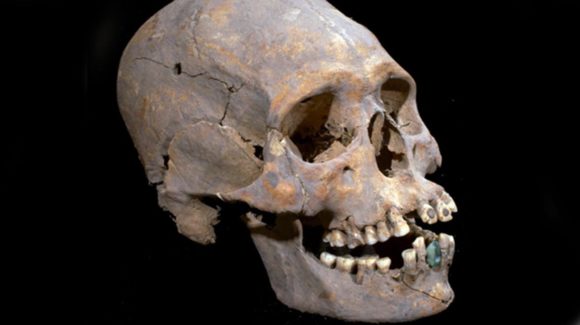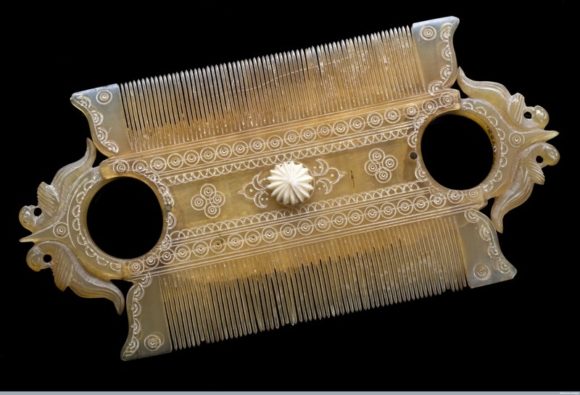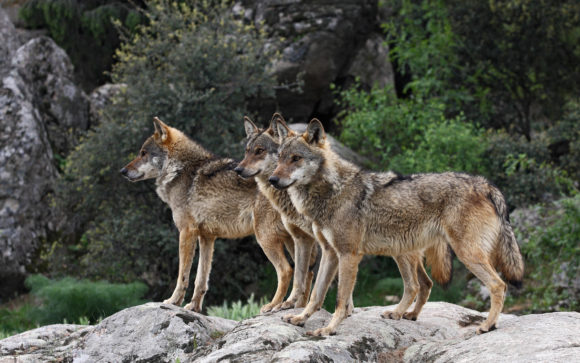The Mysterious Woman of Tlailotlacan
Well this is strange…
Where did this important visitor to the people of Teotihuacan come from? And how did she get to Mexico 1,600 years ago?
From Ancient Origins,
1,600-Year-Old Elongated Skull with Stone-Encrusted Teeth Found in Mexico Ruins
“Archaeologists in Mexico have unearthed a remarkable burial in the ancient ruins of Teotihuacan containing a 1,600-year-old skeleton of an upper-class woman with an elongated skull, stone encrusted teeth and a prosthetic tooth made of a green stone known as serpentine. She was buried with 19 jars of offerings.
Agence France-Press reported that the skeleton has been named “The Woman of Tlailotlacan” after the neighbourhood where it was found, just near Mexico’s famous ruins of Teotihuacan, which is located about 30 miles (50 km) northeast of Mexico City. Dating back around 2,500 years, Teotihuacan is one of the largest and most important sacred cities of ancient Mesoamerica, whose name means “the city of the gods” in the Nahuatl language of the Aztecs. It once supported an estimated population of 100,000 – 200,000 people, who raised giant monuments such as the Temple of Quetzalcoatl and the Pyramids of the Sun and the Moon. However, much about Teotihuacan remains unknown, including the origin and language of the people who lived there, as they did not leave behind any written records.
The National Anthropology and History Institute (INAH) said the woman, who was between 35 and 40 years old when she died, was a foreigner to the area, as the way in which her skull had been deformed and her teeth encrusted with mineral stones was not usual for that region…”
For the rest, click here.
Share



